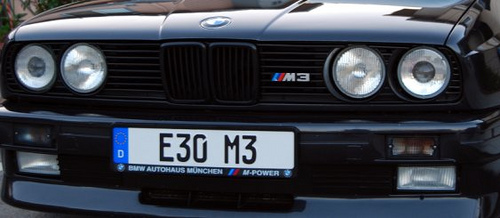I've searched and have found very little info in stock shock valving #'s. We need valving #'s that we can use as a reference.
You read, match you springs to your shocks. So what numbers are the shocks? I know you can have your shocks re-valved but if I can run a shock/strut out of the box without re-valving, why not?
example
SHOCK --- Spring rate (lbs)
ix Bilstein Hd shocks - 250-350lbs (only example!!!)
bilstein sports - ????
Camaro (r) - ???
mr2 -
koni sport (f or r) -
Hope it makes for good topic.
You read, match you springs to your shocks. So what numbers are the shocks? I know you can have your shocks re-valved but if I can run a shock/strut out of the box without re-valving, why not?
example
SHOCK --- Spring rate (lbs)
ix Bilstein Hd shocks - 250-350lbs (only example!!!)
bilstein sports - ????
Camaro (r) - ???
mr2 -
koni sport (f or r) -
Hope it makes for good topic.



Comment